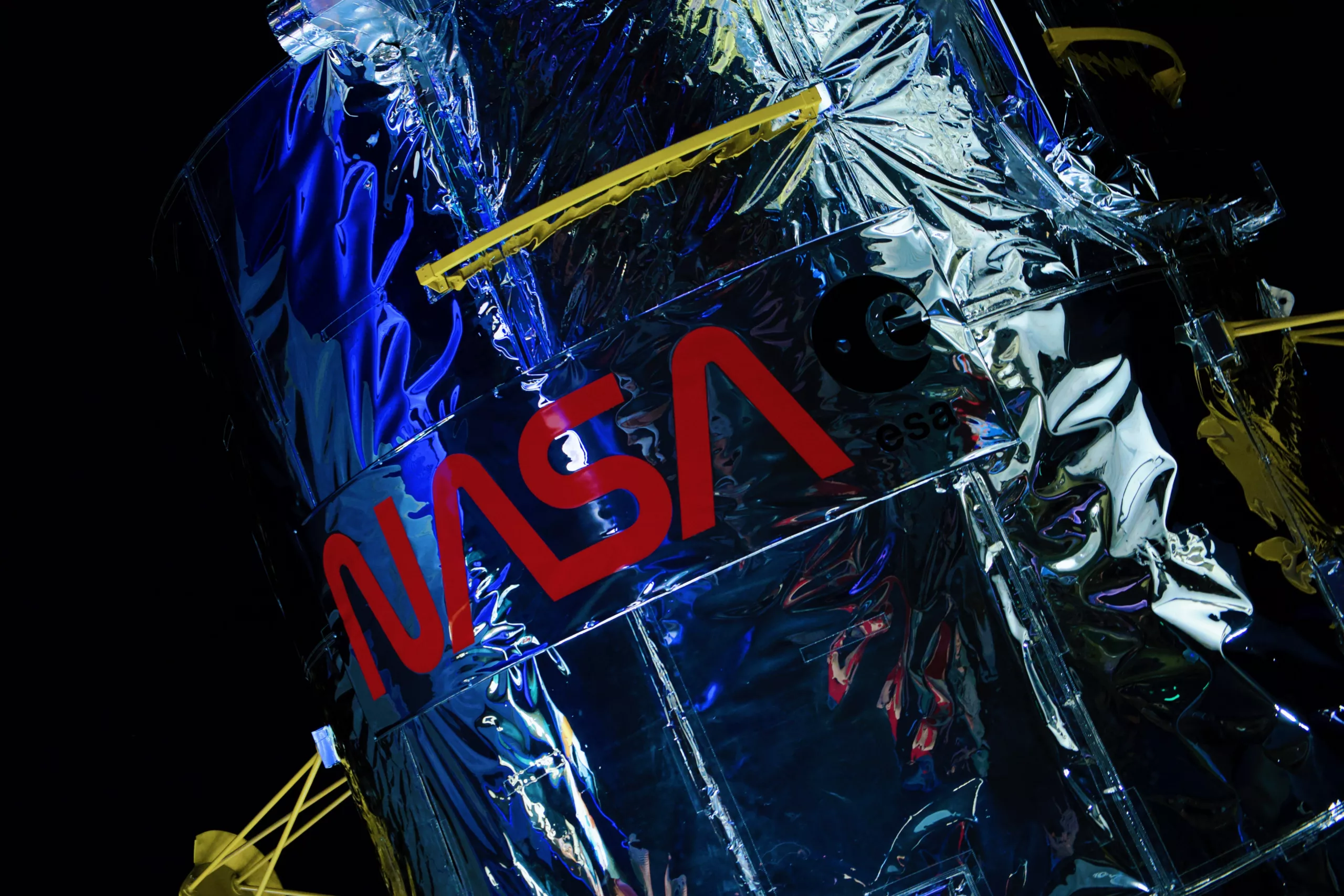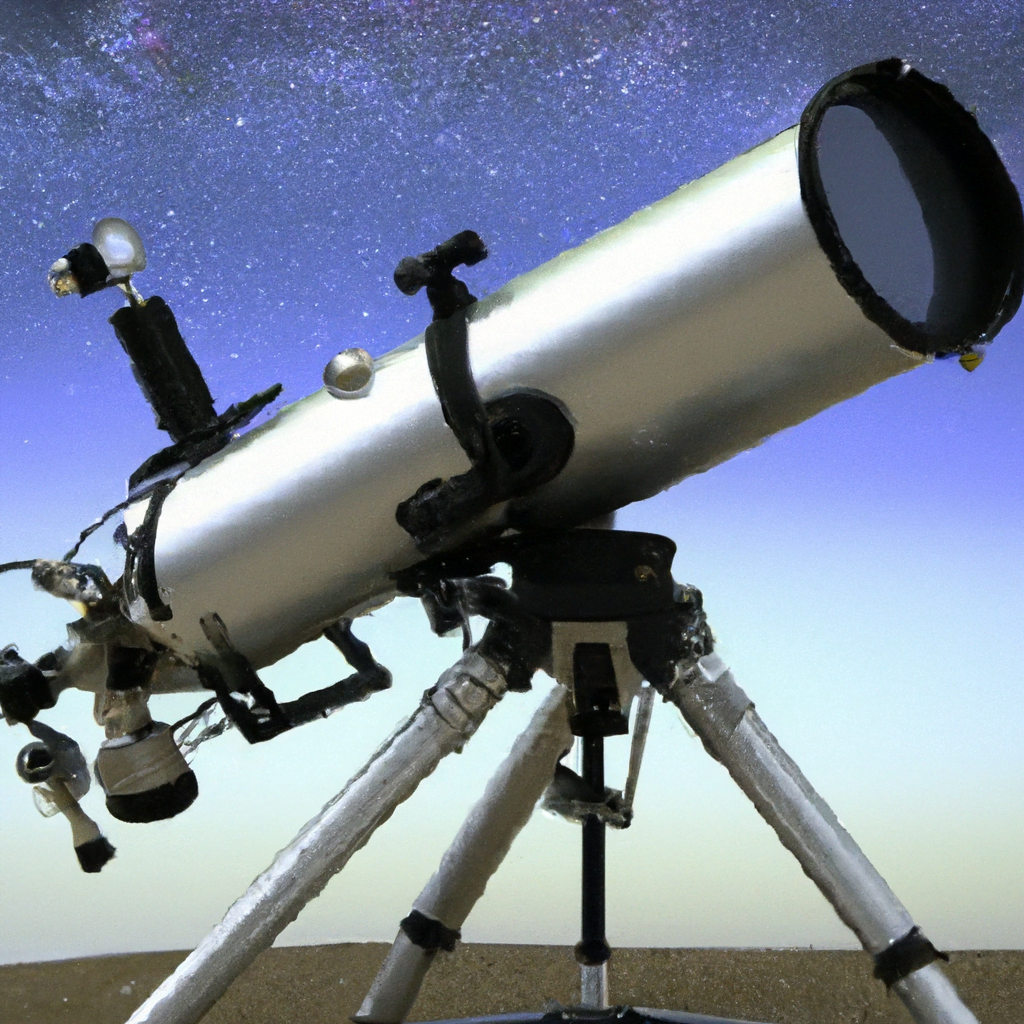Imagine being able to observe the wonders of the universe from the comfort of your backyard. Well, the key to unlocking this celestial experience lies in understanding the crucial role of telescope mounts. These unsung heroes play a vital role in stabilizing your telescope and allowing for precise movement, ensuring that your exploration of the night sky is both accurate and enjoyable. So, whether you’re an amateur astronomer or a seasoned stargazer, it’s essential to recognize the significance of telescope mounts and their contribution to the awe-inspiring world of astronomy.
Table of Contents
Overview
Telescope mounts are an essential component of any telescope setup as they serve multiple crucial functions. They are responsible for stabilizing the telescope, enabling accurate tracking, supporting various telescope sizes, enhancing observations and imaging, and improving ease of use. The choice of mount type, whether equatorial or altazimuth, depends on several factors, including observing goals, telescope weight and size, budget, and the level of motorization and computerization desired. Understanding different mount types and considering the various factors involved is vital in selecting the right mount for your telescope.
Stabilizing the Telescope
Equatorial Mounts
Equatorial mounts are specifically designed to align with the celestial coordinates of the Earth, providing a stable platform for telescopes. They consist of two main components: the polar axis and the declination axis. The polar axis aligns with the Earth’s rotational axis, while the declination axis allows the telescope to move up and down to track objects in the sky. Equatorial mounts offer the advantage of easily tracking celestial objects through the rotation of a single axis, following the Earth’s rotation. This makes them ideal for long-exposure astrophotography, as they eliminate star trails.
Altazimuth Mounts
Altazimuth mounts, on the other hand, provide motion along two perpendicular axes – azimuth (sideways) and altitude (up and down). Unlike equatorial mounts, they do not align with the Earth’s rotational axis, making tracking objects across the sky more challenging. However, altazimuth mounts are generally simpler, lighter, and more affordable than equatorial mounts. They are particularly suitable for casual observing, where the primary goal is to explore the night sky without the need for precise tracking.

Enabling Accurate Tracking
Tracking Mechanisms
Accurate tracking is essential for observing celestial objects over extended periods, especially for astrophotography. Many telescope mounts incorporate tracking mechanisms, often referred to as motor drives or clock drives, to compensate for the Earth’s rotation. These mechanisms either rotate the mount along the polar axis in the case of equatorial mounts or adjust the motion of the altazimuth mount to match the apparent sky movement. With tracking mechanisms, telescopes can follow objects in the sky, keeping them centered and preventing them from drifting out of view.
Go-To Mounts
Go-To mounts represent the pinnacle of accurate tracking in telescope technology. These advanced mounts are equipped with computerized systems that can align with specific celestial objects or coordinates, allowing for automatic and precise tracking. With Go-To mounts, users can select a target from a database, and the mount will automatically adjust its position to locate and track the object. Go-To mounts are especially helpful for beginners or those who want to maximize their observing time by eliminating the tedious manual searching process.
Supporting Various Telescope Sizes
Small Telescopes
For those starting their astronomical journey with small telescopes, a mount that adequately supports the size and weight of the telescope is key. Small, lightweight telescopes are typically well-suited to altazimuth mounts due to their simplicity and affordability. Altazimuth mounts provide a stable base for small telescopes and enable easy movement and intuitive control of the telescope. They are perfect for backyard stargazing or portable observatories, where portability and simplicity are desired.
Medium Telescopes
Medium-sized telescopes require more robust mounts to provide the necessary stability for precise tracking and observing. Equatorial mounts often become the preferred choice for medium telescopes due to their ability to compensate for the Earth’s rotation. Equatorial mounts provide a smoother and more accurate tracking experience, making them ideal for detailed observations, planetary imaging, or deep-sky astrophotography. They offer greater load capacity and can ensure steady performance with heavier optical tubes and additional equipment.
Large Telescopes
As telescope size increases, so does the need for more robust and heavy-duty mounts. large telescopes demand mounts with high load capacities and exceptional stability to eliminate any vibrations or shaking caused by their considerable weight. Equatorial mounts designed specifically for large telescopes offer increased stability and tracking accuracy necessary for capturing fine details in deep-sky objects. The precision and reliability of these mounts make them essential for professional observatories or dedicated astrophotographers seeking exceptional image quality.

Enhancing Observations and Imaging
Vibration Damping
Vibration damping is a crucial consideration for any telescope mount, as it directly affects the quality of observations and imaging. Even small vibrations, whether from wind, tripod instability, or accidental bumps, can significantly impact image sharpness and clarity. Advanced mount designs often incorporate features like vibration suppression pads, damping systems, or even electronic damping to minimize vibrations and ensure steady views. By reducing vibrations, these mounts enhance the overall observing experience and allow for better image quality, especially during high magnification viewing or long-exposure astrophotography.
Astrophotography Mounts
For astrophotographers, specialized mounts tailored for imaging purposes can make a world of difference. These mounts are designed to handle the specific demands of astrophotography, such as long exposure times, precise tracking, and accurate guiding. Equatorial mounts with motorized tracking mechanisms are highly recommended for astrophotography, as they provide the necessary stability and tracking accuracy for capturing detailed and sharp images of celestial objects, even during extended exposure times. Some astrophotography mounts also include autoguiding capabilities for even more precise tracking and improved image quality.
Improving Ease of Use
Motorized Mounts
Motorized telescope mounts offer a significant advantage in terms of ease of use and convenience. With motorized mounts, you can remotely control the movement of your telescope, making it easier to track celestial objects and adjust your view without physically touching the telescope. Motorized mounts typically include hand controllers or smartphone apps that allow you to guide the telescope with simple, intuitive commands. These mounts are especially useful for beginners or those who prefer a more user-friendly observing experience.
Computerized Mounts
Computerized telescope mounts take convenience and ease of use to the next level. Equipped with advanced technology, these mounts provide computerized control and automation of telescope positioning. By connecting to a computer or smartphone, users have access to expansive databases, precise object coordinates, and interactive sky maps, facilitating effortless navigation through the night sky. The computerized mounts can locate and track celestial objects with remarkable accuracy, simplifying the observing process even further. This automation allows users to spend more time enjoying the view and less time searching for objects manually.

Considering the Equatorial vs. Altazimuth Choice
The decision between an equatorial or altazimuth mount ultimately depends on the individual’s observing goals and preferences. Equatorial mounts are advantageous for precise tracking and offer a smooth experience for astrophotography, making them ideal for those focused on deep-sky imaging or detailed observations. Altazimuth mounts, on the other hand, provide simplicity, affordability, and intuitive control, making them a popular choice for casual observers or those more interested in visual exploration of the night sky. Consider your specific needs, budget, and desired level of technicality when deciding between these two mount types.
Understanding Different Mount Types
Fork Mounts
Fork mounts are a common type of altazimuth mount that utilizes two arms resembling a fork to hold the telescope tube. This design provides stability and simplicity, allowing for quick and easy setup. Fork mounts are often found on compact and portable telescopes, such as Schmidt-Cassegrains, where the fork arms double as handles for convenient transportation. While versatile and user-friendly, fork mounts may have weight limitations and may not offer the same level of stability as other more specialized mounts for larger telescopes or specific observing purposes.
German Equatorial Mounts
German equatorial mounts (GEMs) are a popular type of equatorial mount known for their stability and versatility. They feature a counterweight system that balances the weight of the telescope, reducing stress on the mount and allowing for smoother tracking. GEMs can be polar-aligned to match the observer’s latitude and precisely track celestial objects. This mounting system is widely used by astronomers and astrophotographers as it provides excellent stability and accurate tracking over extended periods. However, German equatorial mounts do require an initial polar alignment process, which may add some complexity to the setup.
Dobsonian Mounts
Dobsonian mounts, named after their inventor John Dobson, are altazimuth mounts specifically designed for large, low-cost Newtonian reflector telescopes. They consist of a simple and sturdy wooden or metal base with a rotating platform that allows smooth vertical and horizontal movement. Dobsonian mounts are known for their ease of use and affordability compared to other mount types, making them popular among amateur astronomers who prioritize visual observing. However, Dobsonian mounts do not typically include tracking mechanisms, limiting their suitability for astrophotography or long-duration tracking.
Equatorial Platforms
Equatorial platforms offer an alternative solution for equatorial tracking without the need for a full equatorial mount. They consist of a rotating platform that sits on a stationary tripod. By aligning the platform with the North Star, users can place their altazimuth mount on top, effectively transforming it into an equatorial mount. Equatorial platforms are often employed for lighter telescopes or camera setups, providing a simpler and more affordable equatorial tracking option. However, they may not be as suitable for large or heavy telescopes or precise astrophotography.

Factors to Consider when Choosing a Mount
Telescope Weight and Size
The weight and size of your telescope play a significant role in selecting an appropriate mount. Ensure that the chosen mount can adequately support the weight of your telescope and any additional accessories you might use. A mount with insufficient load capacity can result in instability, poor tracking, and potential damage to the equipment. Consider the physical dimensions of the telescope as well, as larger telescopes may require more robust and heavier mounts to maintain stability.
Mount Stability
Stability is crucial in a telescope mount to minimize vibrations and ensure steady observations or imaging. Look for mounts with robust construction, sturdy materials, and solid tripod legs. Features like vibration damping systems or electronic control mechanisms can further enhance stability. Remember that the stability of the mount should match the size and weight of your telescope, so consider the overall rigidity and design when assessing stability.
Budget
The budget is always an important factor to consider when purchasing any piece of astronomical equipment. Mount prices can vary significantly, from budget-friendly options to high-end, professional-grade mounts. While it can be tempting to choose the most affordable option, be mindful that compromising on mount quality can impact your overall observing experience and the capabilities of your telescope. Determine a budget that aligns with your needs and explore mounts within that range to find the best balance between performance and affordability.
Motorization and Computerization
Deciding on the level of motorization and computerization for your mount depends on your observing goals and personal preferences. Motorized mounts allow for remote control and automatic tracking of celestial objects, while computerized mounts offer advanced automation features and database access. Consider the convenience these features provide versus the additional complexity and cost involved. Beginners may find motorized mounts with basic hand controllers sufficient, while more experienced users may desire the advanced precision and functionality offered by computerized mounts.
Observing Goals
Your observing goals will heavily influence your choice of mount. Whether you are mainly interested in casual visual observing, astrophotography, or detailed deep-sky imaging, different mounts excel in different areas. Determine your primary observing goals and the level of precision, stability, and tracking accuracy required to achieve them. Consult with experienced astronomers, read reviews, and thoroughly research the performance and suitability of various mounts for your specific interests.
Conclusion
Telescope mounts play a crucial role in the overall performance and functionality of telescopes. They stabilize the telescopes, enable accurate tracking, support various telescope sizes, enhance observations and imaging, and improve ease of use. Equatorial mounts and altazimuth mounts cater to different needs, with equatorial mounts offering precise tracking and excellent stability for astrophotography and detailed observing, while altazimuth mounts provide simplicity and affordability for casual visual exploration. Understanding the different types of mounts and considering factors like telescope weight, stability, budget, motorization, and observing goals is vital in selecting the right mount for your astronomical endeavors. So choose wisely, and let your telescope mount be the sturdy foundation that enhances your celestial journey.

